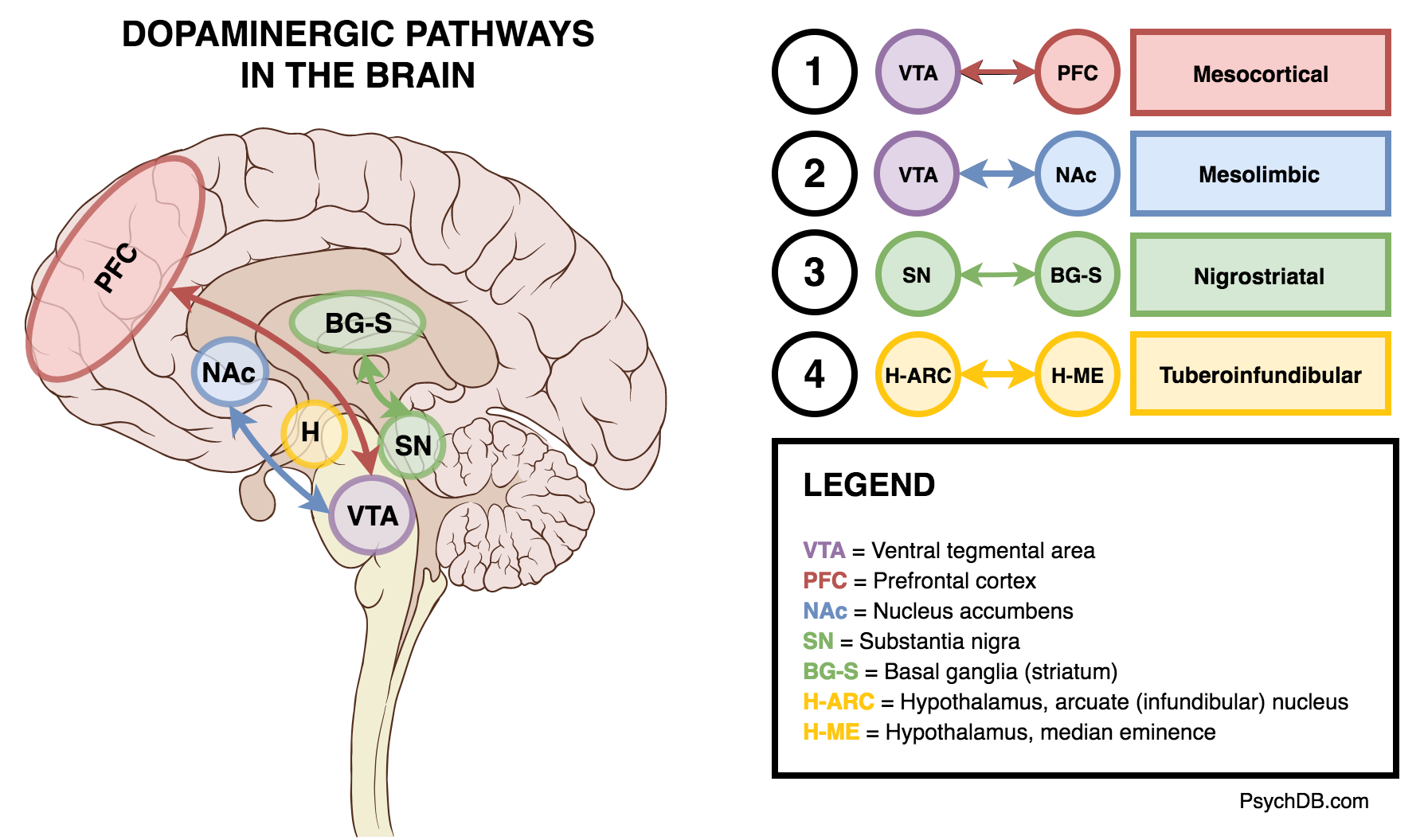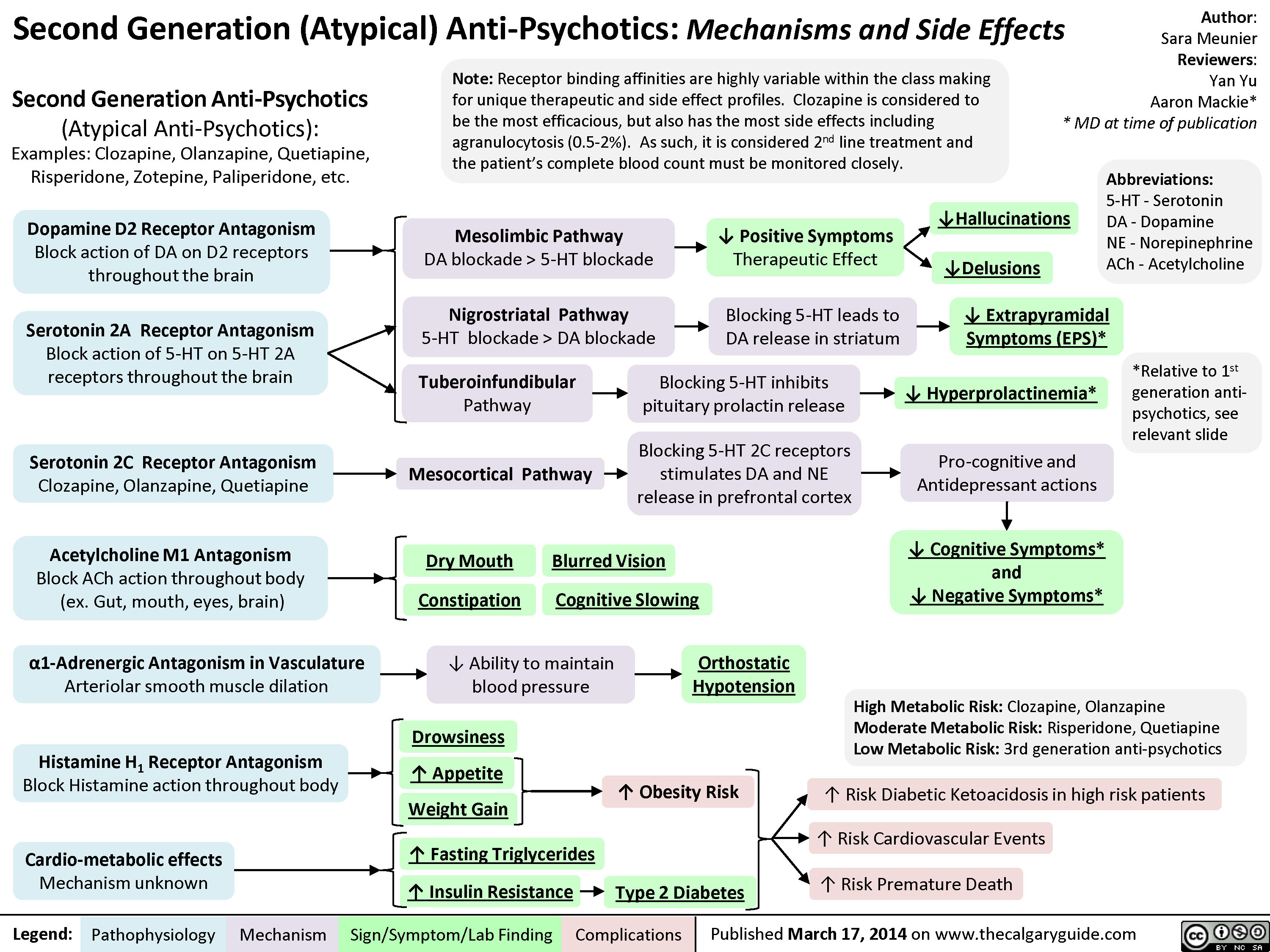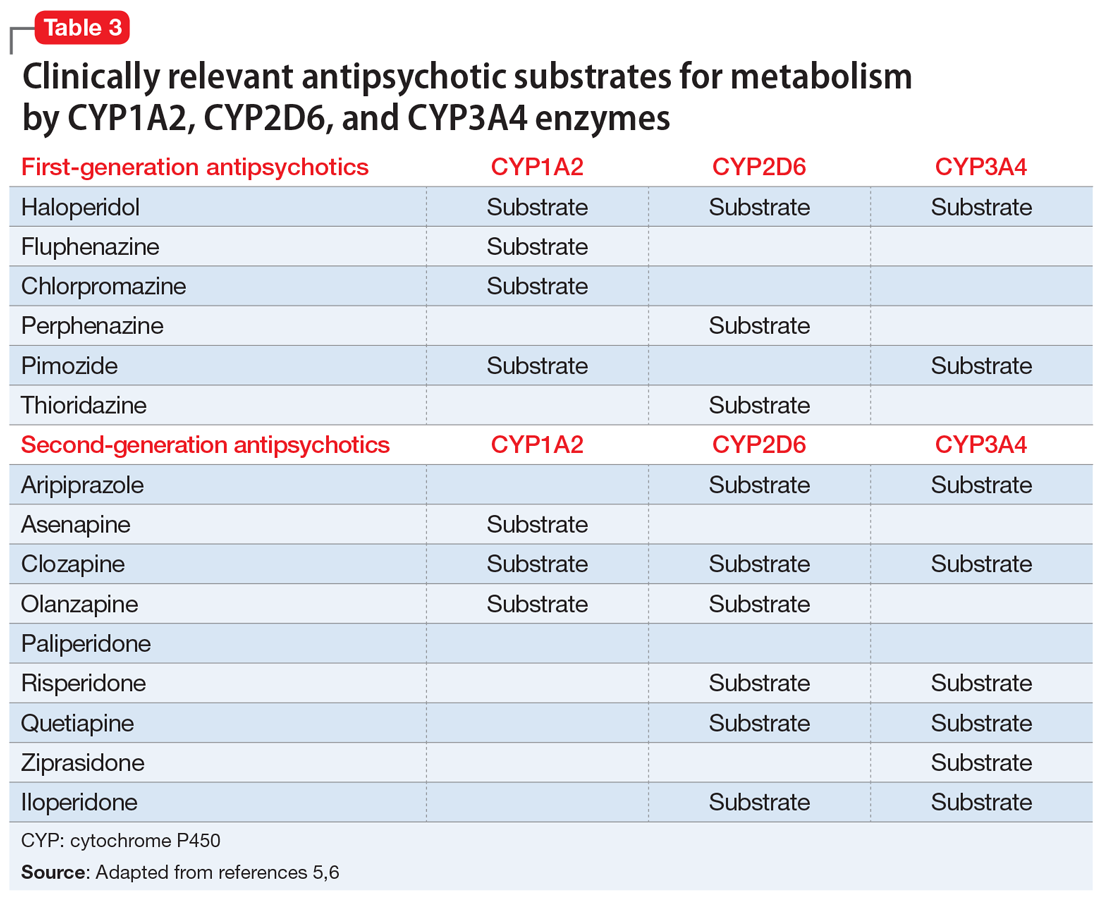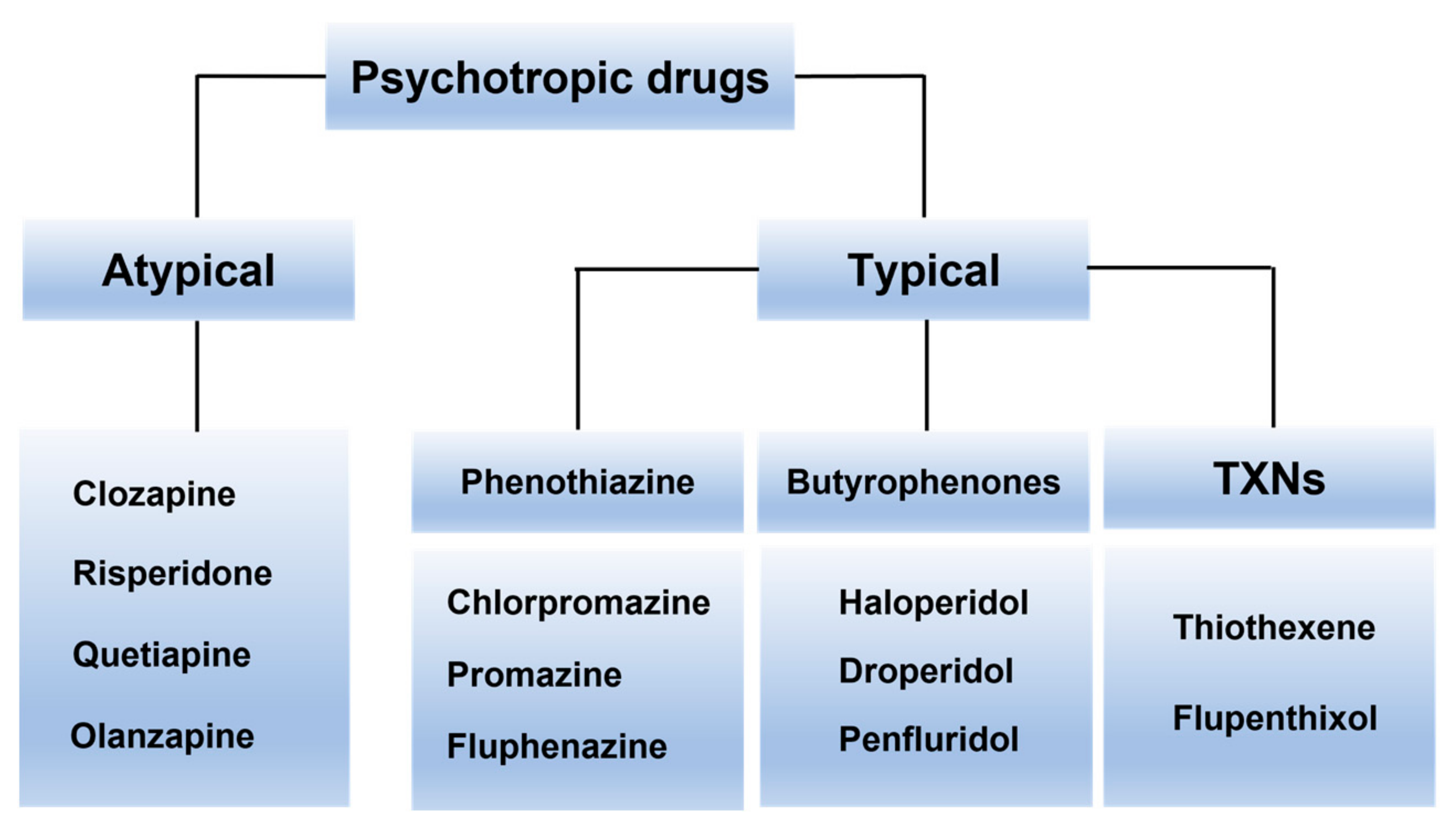
Antipsychotics Nursing pharmacology Osmosis Video Library
Antipsychotics are a heterogeneous group of substances used primarily to treat schizophrenia , psychosis , mania , delusions , and states of agitation . The term neuroleptics was formerly used interchangeably with antipsychotics because early antipsychotic drugs induced apathy

Cardiometabolic effects of psychotropic medications
Antipsychotics. First-generation antipsychotics (FGAs) are drugs used primarily for the treatment of schizophrenia and related psychotic disorders. The use of FGAs has declined in the last few years, mainly because of an increase in prescriptions of second-generation agents. Since FGAs are considerably less expensive than newer antipsychotics.

Chapter 18 Antipsychotics Drugs and Behavior
Psychotropic medications are medications that affect the mind, emotions, and behavior. This chapter will review the anatomy and physiology of the central nervous system (CNS) as it relates to mental health disorders and medications and then discuss several classes of psychotropic medications. References 1. DailyMed.

Monoamine Oxidase Inhibitors (MAOI) Mechanism of Action
Neuroleptics, also known as antipsychotic medications, are used to treat and manage symptoms of many psychiatric disorders. They fall into two classes: first-generation or "typical" antipsychotics and second-generation or "atypical" antipsychotics. Both first and second-generation antipsychotics are used in various neuropsychiatric conditions. These include attention-deficit hyperactivity.

First Generation AntiPsychotics Mechanisms and Side Effects Calgary
The therapeutic action of an antipsychotic occurs when 65% to 85% of brain dopamine (D2) receptors are occupied. When more than 80% of the dopamine (D2) receptors are occupied, hyperprolactinemia and parkinsonism can result. In addition to percentage occupancy, the duration of time that the antipsychotic drug stays attached to the D2 receptor impacts the degree of extrapyramidal symptoms (EPS).

How Antipsychotic Drugs Work in the Brain Video & Lesson Transcript
Diazepam 2. Temazepam 3. Lorazepam 4. Clonazepam 5. Alprazolam 6. Chlordiazepoxide

Introduction to Antipsychotics PsychDB
Visual Learner Studios uses visual mnemonics to teach pharmacology fast and efficiently.Website: http://VisualLearner.net/Facebook: http://www.facebook.com/v.

Antipsychotics Nursing pharmacology Osmosis Video Library
NIH HHS USA.gov First-generation antipsychotics are dopamine receptor antagonists (DRA) and are known as typical antipsychotics. Second-generation antipsychotics are serotonin-dopamine antagonists and are also known as atypical antipsychotics.

Second Generation Antipsychotics Mechanisms and Side Effects Calgary
Chol-promazine! (CPZ is low potency antipsychotic) Thioridazone! Getting rid of them pyramidal! (Thioridazone is low potency neuroleptic without EPS) Your moderate - molindone and loxapine! (Molindone and Loxapine are moderate potency antipsychotics) Halo, Hello high potency! (Haloperidol is high potency antipsychotic)

The major psychotic disorders Medical Pharmacology and Therapeutics, 4e
In recent years, the atypical antipsychotics or second-generation antipsychotics have become the drugs of choice for acute psychoses. They are "atypical" as they are differentiated from "conventional" or first-generation antipsychotics based on their clinical profile. This activity outlines the indications, mechanism of action, safe administration, adverse effects, contraindications.

Typical antipsychotics Video, Anatomy & Definition Osmosis
1.6K 80K views 2 years ago Nursing & NCLEX Study this Typical Antipsychotics NCLEX mnemonic and other mnemonics with Pixorize. Typical antipsychotics are a class of drugs that include.

A Simplified Guide to Antipsychotic Medications Mechanisms of Action
Typical antipsychotics, also known as first-generation antipsychotics (FGAs), are a class of drugs used to treat psychosis. They are separated into two groups, the high potency and low potency typical antipsychotics. Important high potency drugs to know are haloperidol and fluphenazine, while low potency antipsychotics include chlorpromazine.
/71261065-clomid-day-Purestock-56a514f35f9b58b7d0dac6aa.jpg)
Treating Psychosis With Typical Antipsychotics
Buy "Memorable Psychopharmacology," "Memorable Psychiatry," and "Memorable Neurology" on Amazon! http://memorablepsych.com/books Antipsychotics are second on.

Antipsychoticinduced priapism Mitigating the risk MDedge Psychiatry
Varenicline or Bupropion And anytime we talk about bupropion, we can't help but think of "that other psych medication that begins with B… Topic: Anxiety medication Mnemonic: What do many people drink when they need to quell some anxiety? B ooze ( pirone ). BUSPIRONE! Recall its indication…used in the treatment of Generalized Anxiety Disorder.

Pharmaceuticals Free FullText Receptors Involved in Mental
Review Atypical Antipsychotics (vs Typical Antipsychotics) and their mechanism of action. Study this Atypical Antipsychotics mnemonic and other NCLEX mnemoni.

Antipsychotic Agents Toxicology HarwoodNuss' Clinical Practice of
The beliefs that antipsychotic drugs (APDs) are 1) effective only to treat delusions and hallucinations (positive symptoms), 2) that typical and atypical APDs differ only in ability to cause extrapyramidal side effects, and 3) that their efficacy as antipsychotics is due solely to their dopamine D 2 receptor blockade are outmoded concepts that prevent clinicians from achieving optimal clinical.